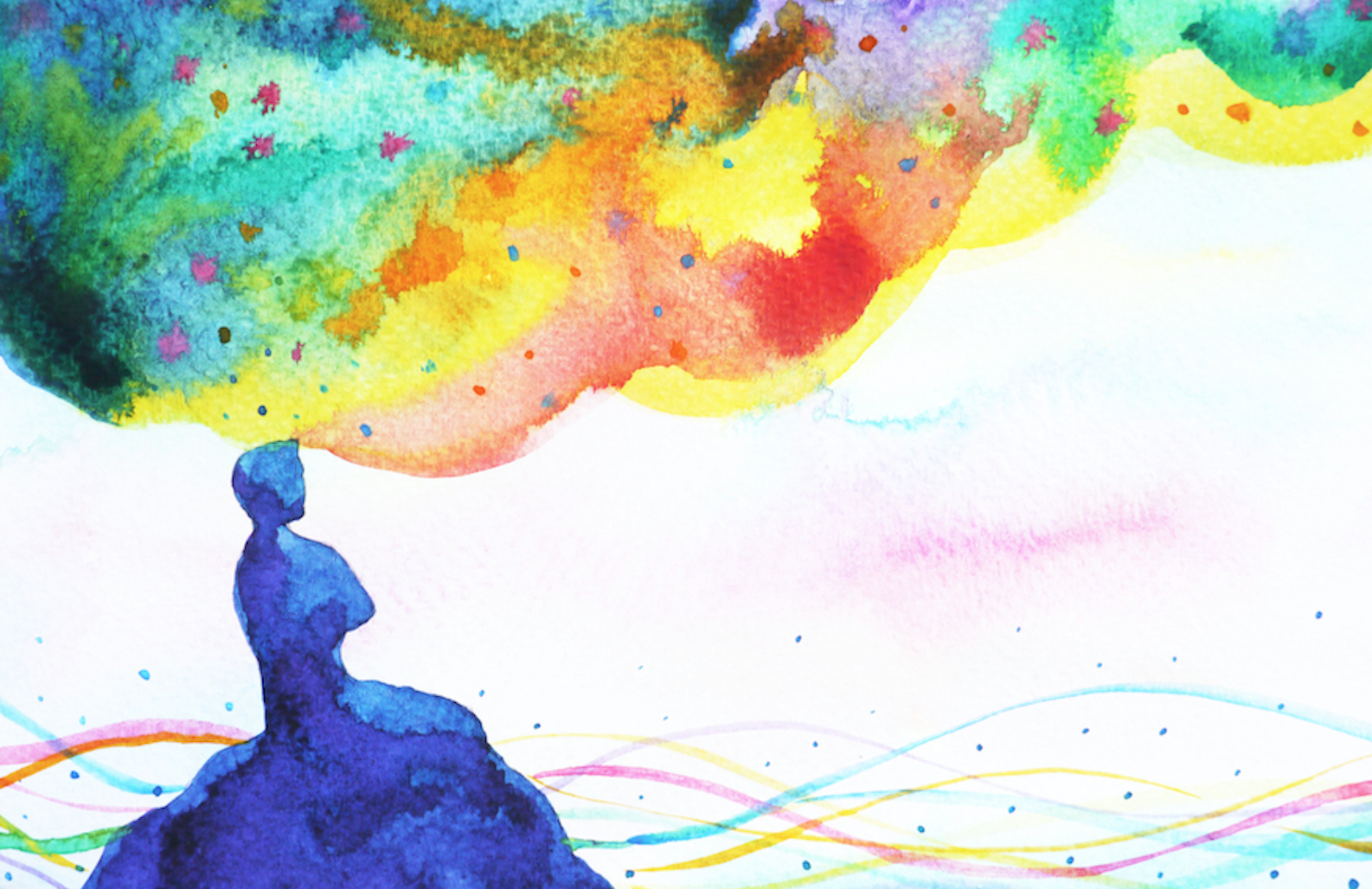How to Counter the Fight-or-Flight Response
By Angela Fileccia, MSW, LCSW
May 2020
Last fall, I was walking my dog Molly down a wooded trail near our home in Maine, where the woods, trails and wildlife are plentiful. As we rounded a corner, a bear appeared. I stopped. Molly cocked her head to the side and sniffed the air. The bear looked up at us, stared for what seemed like an hour, and then continued his journey into the woods.
It wasn’t until after the bear walked back into the woods that I felt my racing heart, clenched muscles and panted breathing. My brain had registered danger and sent cortisol, adrenaline and norepinephrine to my heart, muscles and lungs — preparing to fight or more likely, to run like The Flash to safety.
It’s about survival
You might recognize these bodily sensations more in your own life — known as the fight-or-flight response — as we face the novel coronavirus (COVID-19) outbreak. This response has been critical for our survival. Our brain, specifically the limbic system, can’t tell the difference between an immediate threat like a bear and a chronic threat in a global pandemic. And the pandemic doesn’t walk quietly back into the woods.
Today, this response is activated every time we turn on the TV or scroll through our news feeds and see more stories of businesses shutting down, closed schools, layoff fears, an economy in crisis, and sickness and death from COVID-19. Our fight-or-flight response lingers and has concrete consequences such as chronic muscle tension, feelings of unease, insomnia, appetite disturbance, irritability, hypervigilance, anxiety and depression.
How to take back control
While we can’t always control the world around us, we can control how we respond. And the good news is that we can teach our brains how to counter the fight-or-flight response.
During my nearly 20 years as a clinical social worker, I have taught hundreds of clients to lessen the harmful effects of chronic fight-or-flight stress response by equipping them with effective tools. One powerful tool is mindfulness, which Jon Kabat Zinn defines as, “[The] awareness that arises through paying attention, on purpose, in the present moment, nonjudgmentally.”
• Step 1:
Develop awareness of what is going on. Take note of the sensations in the body when listening to the news or scrolling through social media. What’s happening with your heart rate and your breathing? Are your shoulders hunched to your ears? Are your muscles clenched? Take note of your thoughts. Do you find your thoughts are filled with worst-case scenarios and what ifs? Recognizing the signs of chronic fight-or-flight is the first step to quieting the limbic system.• Step 2:
Take a moment to purposely acknowledge this fight-or-flight response.Try telling yourself, “Ah, this is my limbic system getting ready for danger.”
• Step 3:
Elicit the relaxation response, a phrase coined in the 1970s by a Harvard physician named Herbert Benson.First, find a comfortable seat — either close your eyes or find an object to gaze at. Inhale deeply and slowly for a count of 4, and exhale slowly for a count of 4. Continue with this breathing pattern for as little as 5 minutes or as long as 20 minutes. Try practicing this relaxation response a few times a day.
The more you practice, the easier the relaxation response becomes. The more you become aware of this unconscious survival pattern of your limbic system, the more you can start to decrease the negative impacts of being in a chronic state of high alert.
Most of us won’t need to fend off an actual bear in our lifetimes. The “bear” that we will continue to face for the foreseeable future is this outbreak. We will need to remain committed to our physical safety by following CDC guidelines, proper handwashing hygiene and physical distancing.
Apply the same thoughtfulness and diligence to your mental well-being by using mindful awareness of your brain’s response to danger, and coupling that with activating the relaxation response. The “bears” in our lives are unavoidable; however, these tools will help us cope as we support each other throughout the pandemic and beyond.
photo credit: benjavisa ruangvaree art



